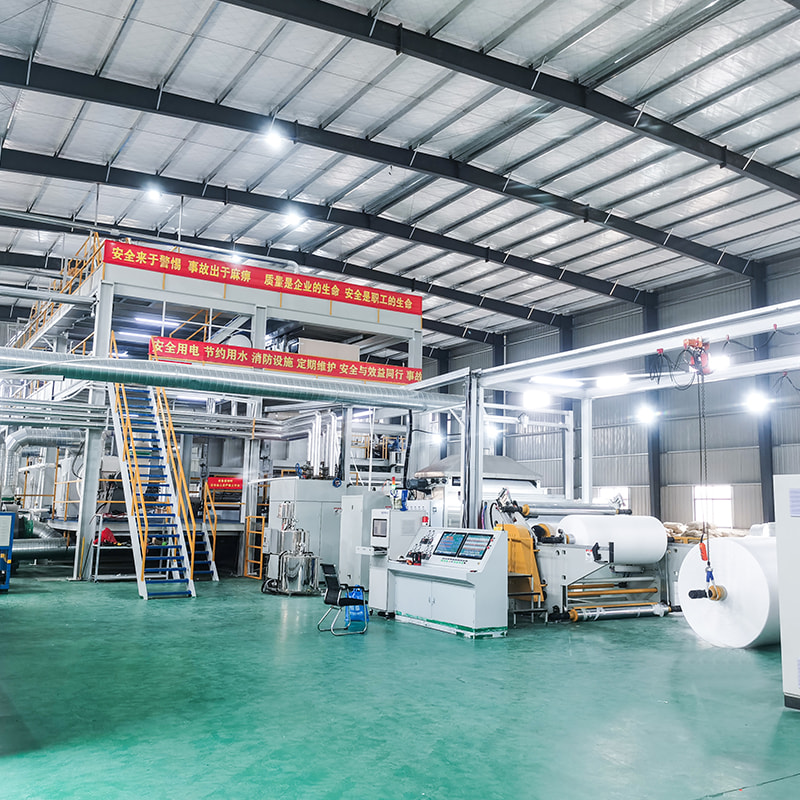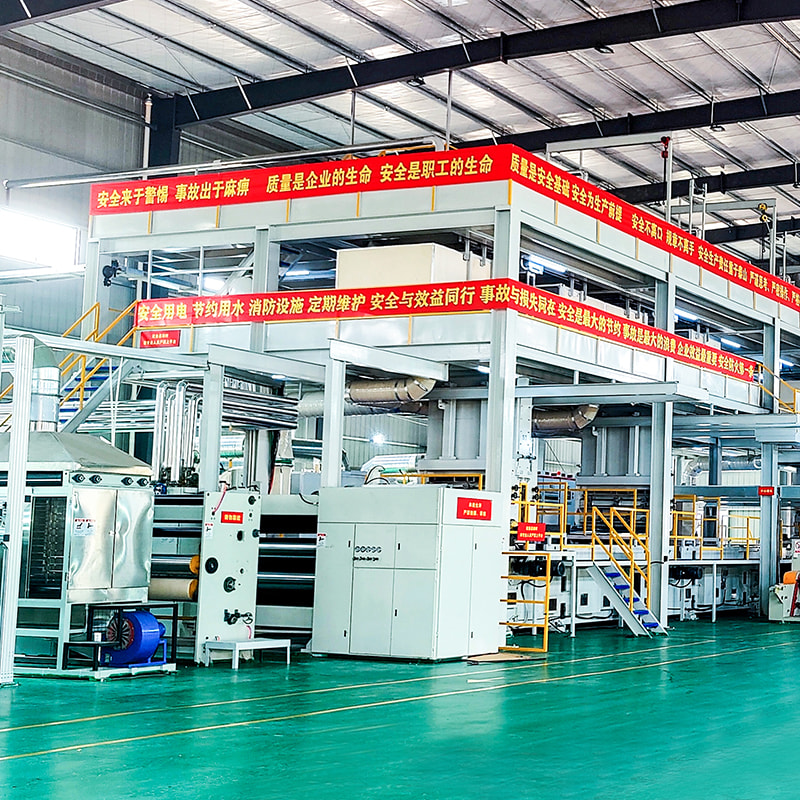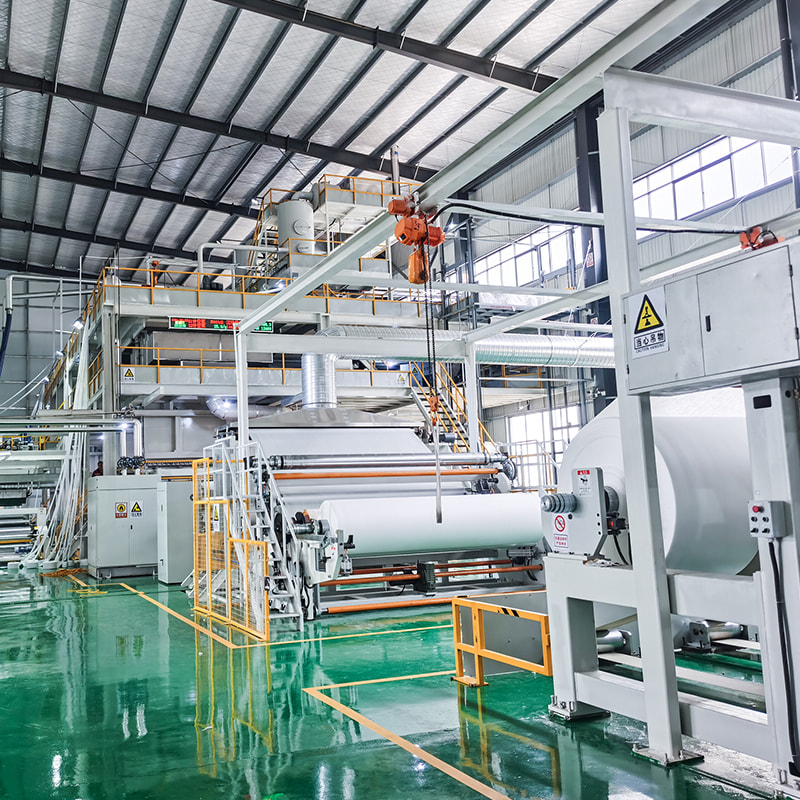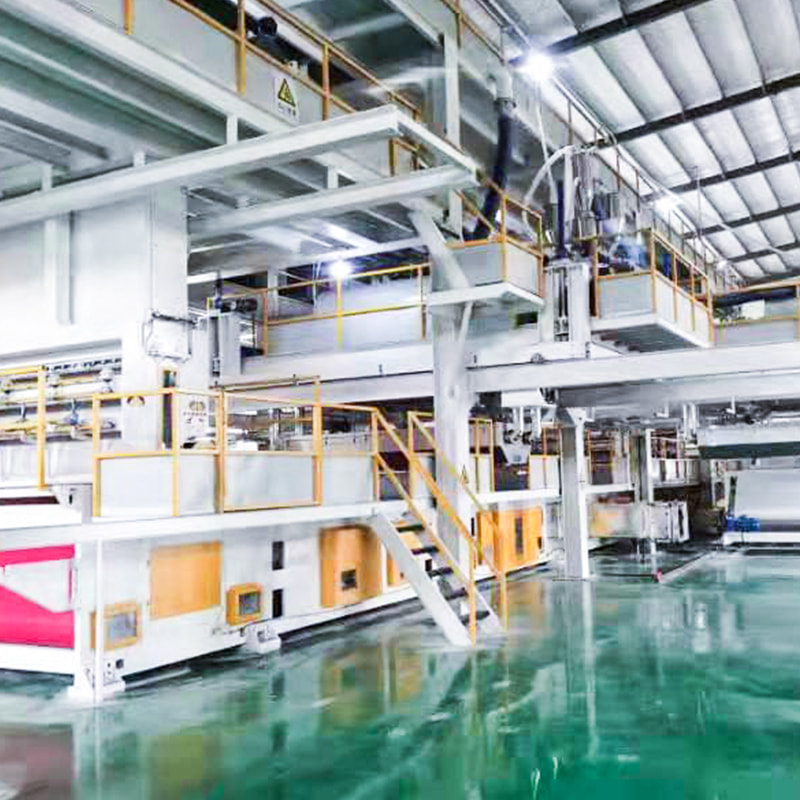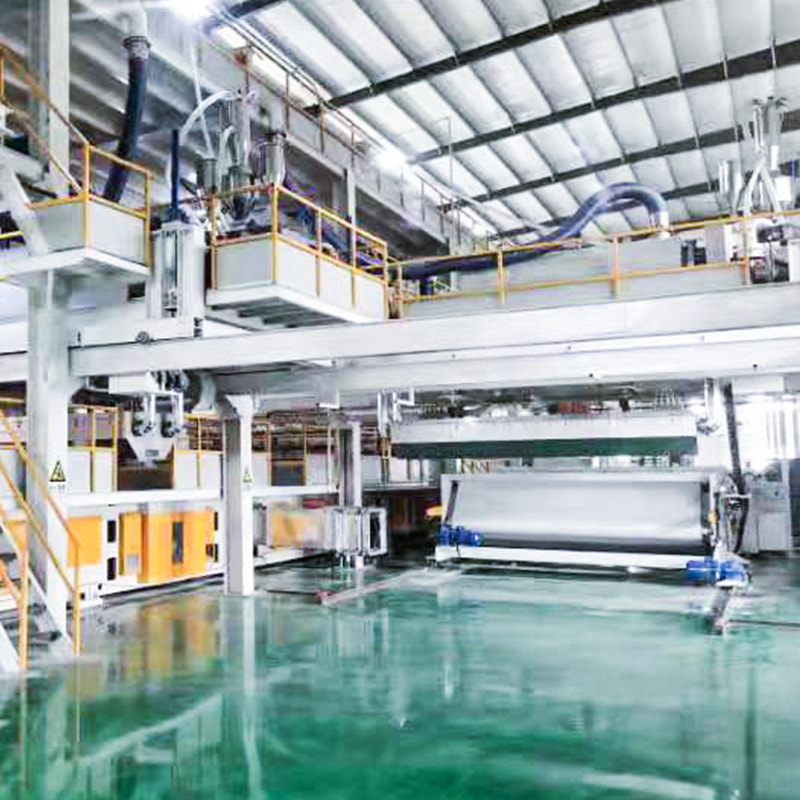Polypropylene (PP) spunbond nonwoven fabric machines have become a cornerstone in the production of high-quality nonwoven fabrics. Their efficiency, versatility, and adaptability make them a key asset in industries ranging from hygiene to agriculture, medical, and packaging. This article delves deep into the technology, features, and advantages of PP spunbond nonwoven fabric machines.
Understanding PP Spunbond Nonwoven Fabric
PP spunbond nonwoven fabric is made by directly spinning polypropylene filaments and bonding them into a web structure. Unlike traditional woven or knitted fabrics, nonwoven fabrics do not require yarns to be interlaced. This process results in fabrics that are lightweight, durable, breathable, and cost-effective. Common applications include:
Medical products like surgical masks, gowns, and drapes
Hygiene products such as diapers and sanitary pads
Agriculture and landscaping covers
Packaging materials
Geotextiles and industrial fabrics
The Working Principle of a PP Spunbond Machine
The PP spunbond nonwoven fabric machine operates through several precise steps:
Polymer Melting: Polypropylene granules are melted at high temperatures in an extruder.
Filament Extrusion: The molten polymer is extruded through spinnerets to form continuous filaments.
Filament Drawing: Filaments are stretched to increase strength and reduce diameter.
Web Formation: Filaments are laid randomly on a moving conveyor belt or screen, forming a loose web.
Bonding: The web is bonded thermally or mechanically, producing a stable nonwoven fabric.
Winding: The finished fabric is rolled for further processing or shipment.
Key Features of Modern PP Spunbond Machines
Modern spunbond machines are designed for efficiency, consistency, and high output:
High-speed extrusion system: Ensures continuous filament formation with uniform thickness.
Advanced bonding technology: Thermal bonding using calendar rollers improves strength and durability.
Automation: PLC control systems allow precise control of speed, temperature, and tension.
Energy efficiency: Optimized motors and heating systems reduce operational costs.
Customization: Ability to produce various weights (gsm), widths, and fabric densities according to industrial needs.
Advantages of Using PP Spunbond Nonwoven Machines
Investing in a PP spunbond machine provides multiple benefits:
High productivity: Machines can produce hundreds of tons of fabric annually.
Consistent quality: Automation ensures uniform fabric weight and strength.
Cost-effective production: Direct spinning reduces waste compared to traditional fabric production.
Versatility: Suitable for multiple industrial applications.
Eco-friendly options: Many modern machines support recycled polypropylene feedstocks.
Maintenance and Operational Tips
To maximize the lifespan and efficiency of a PP spunbond nonwoven machine:
Regularly clean extruder screws and spinnerets to prevent clogging.
Monitor temperature settings to avoid polymer degradation.
Inspect bonding rollers for uniform pressure.
Lubricate moving parts and follow a routine maintenance schedule.
Future Trends
The PP spunbond nonwoven sector is witnessing rapid innovations:
Integration of AI for predictive maintenance and process optimization.
Hybrid machines combining spunbond with meltblown layers for advanced filtration fabrics.
Expansion into biodegradable and sustainable polypropylene alternatives.
Conclusion:
PP spunbond nonwoven fabric machines are essential for industries demanding high-quality, durable, and lightweight fabrics. With continuous advancements in automation, energy efficiency, and multi-layer production capabilities, these machines are set to remain at the forefront of nonwoven fabric technology.





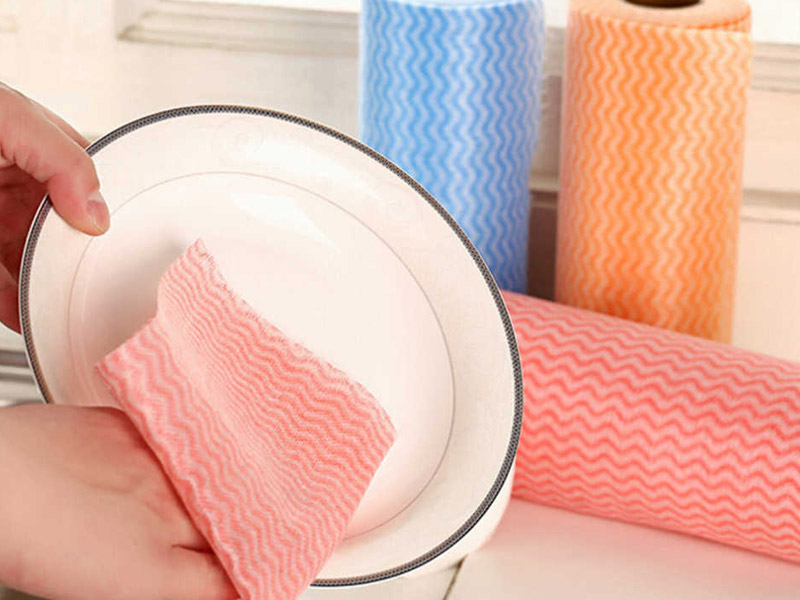
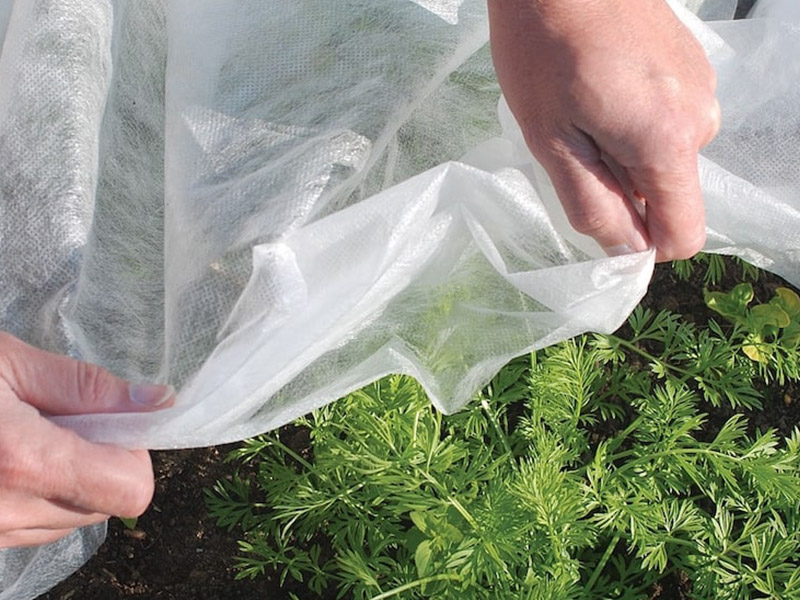
 English
English 中文简体
中文简体 русский
русский عربى
عربى